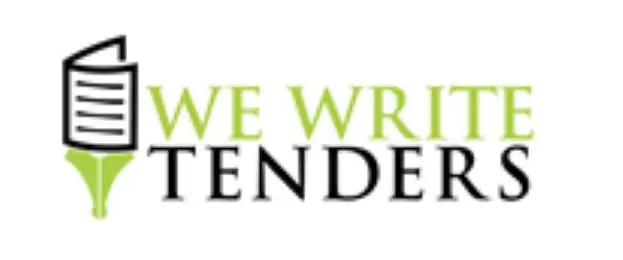Companies of all shapes, sizes and scales have expressed an interest in receiving ISO certification, even though it is not a strict business need per se to do so.
There are a lot of benefits to organising your business and running under ISO 9001:2015 quality management standards and practices, but whilst being certified by an accredited company brings with it a wide range of benefits, there is no regulatory or legal requirement to do so.
However, there might be some occasions where an ISO 9001 certificate becomes an effective necessity due to business requirements, rather than a system that allows a company to opt-in to more long-term benefits.
A Prerequisite To Close A Deal
One of the main reasons why companies are interested in ISO 9001, particularly if they want to get certified quickly, is because they need it to meet the prerequisite of a company or government tender.
Many larger businesses who work with a network of smaller suppliers have prerequisites before they allow a business to work with them, and whilst this will naturally vary by market sector and particular need, one of the most common requirements is ISO 9001 certification.
Many government agencies have replaced bespoke standards with one based on ISO 9001 because it allows for a more streamlined approach to tenders and enables these companies to focus on the more specific aspects of a tender application.
Getting certified, therefore, becomes a requirement for many businesses that work closely with government agencies.
This may be the catalyst for getting certified, but it is also an opportunity to make sustained, effective and long-term changes to the business that provides far more than an immediate gain.
Open For International Business
When working with international clients, there is a need for a universal language mutually understood by both parties, which in many cases involves the use of mutually understood and referenced standards.
One of the biggest benefits of ISO standards in general, but particularly ISO 9001, is that they are universal; to date, 167 countries have national ISO members, which means that the standard is understood and recognised practically anywhere you might do business.
This makes an ISO 9001 certificate an effective requirement when doing business overseas, as it means that a company knows that your business is focused on quality management in a way that is universally understood and can therefore focus on what your company brings to the table.
Get The Best Employees
Typically, when businesses talk about ISO 9001 as a requirement, they are generally referring to the needs of customers. However, it can also be an important tool for improving recruitment, with the right candidates knowing how the quality management standard can help them personally and professionally.
One of the key requirements of ISO 9001 concerns employee management and job expectations.
Having a clear set of quality objectives, procedures, instructions and process metrics allows for a culture of constant feedback and improvement, with an emphasis on constantly learning and developing.
Many employees who would be perfect for your corporate culture will see the standard as one that prioritises them and how they can contribute to the goals of the organisation.












Recent Comments